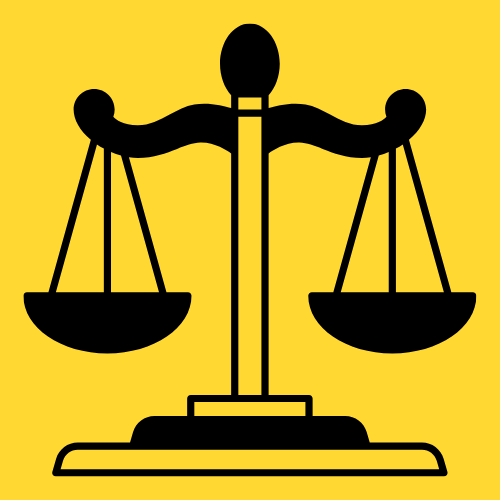R. v. Ally Crim. Sass. 49-A-71; 22/7/71; Kwikima Ag. J.
The accused was charged with murder c/s 196 of the Penal code. The case for the prosecution depended heavily on the identification of the accused and on the dying declaration made by the deceased. It was not disputed that the deceased was shot by a poisoned arrow – at about 9.00 p. m. One prosecution witness, who was characterized by the court as “not very reliable” alleged that when the deceased cried out that he had been shot by an arrow, he flashed his torch but admitted that did not see the direction from which this arrow came from. This witness could not even describe the accused as he saw him on that night.
Held: (1) “Nowhere in his evidence does Jumanne describe the accused as he saw him on that night. None of the witnesses who heard that the accused had been identified as the killer referred to a description of him by his identifiers. This is very unsatisfactory indeed. It was held in the case of Mohamed Allui v. R. (1942) 9 E. A. C. A. 72 “That in every case in which there is a question as to the identity of the accused, the fact of there having been given a description and the terms of that description are matters of the highest importance of which evidence ought always to be given, first of all of course by the person or persons who gave the description and purport to identify the accused, and then by the persons or persons to whom the description was given.” In that case (Mohamed Allui’s that is), the only evidence connecting the appellant to the offence was his identification by persons who alleged to have seen the appellant at the scene of the crime. Identification being the only issue in the present case, the rule just cited is applicable. Jumanne’s failure to say for example what clothes the appellant’s wore on that day is a very serious omission in the case for the prosecution.” (2) “The other evidence tending to connect the accused to this crime is the dying declaration of the deceased. As defence Counsel rightly pointed out, this evidence does not lend any weight to the prosecution case. Common sense and reason indicate that the deceased could not have seen his assailant in the dark. Even Jumanne admitted on cross-examination that the deceased could not have seen without a torch.” There is evidence that the deceased carried no torch at the time when he was shot with the poisoned arrow. For this reason it is hard to see how the deceased could have identified his assailant.”(3) “It is trite law that a dying declaration can only be taken with caution and the comments in Field on Evidence, 7th edition. (Approved in Ramadhani Marandu v. R. (1934) 1 E. A. C. A. 109, R. v. Okulu Elku (1938) 5 E. A. C. A. 39, R. v. Munyonya Msuma (1939) 6 E. A. C. A. 128, Peter Akumu v. R. (1954) 21 E. A. C. A. 331 to name but a few authorities) are especially helpful:- “The caution with which this kind of testimony should be received has often been commented upon. The test of cross-examination may be wholly wanting; and … the particulars of the violence may have occurred under circumstances of confusion and suspires calculated to prevent their being accurately observed …… The deceased may have stated his inferences from facts concerning which he may have omitted important particulars from not having his attention called to them”. …..Although it s not a rule that to support a prima facie case a dying declaration must be corroborated, it is generally unsafe to rely on it unless it is satisfactorily
corroborated. A dying declaration made by deceased person in the absence of the accused as in this case cannot be subject to cross examination. It would be dangerous to place reliance on it. In this case the evidence of Jumanne cannot be held to be corroborative of the dying declaration because in itself it is worthless as has been shown earlier on.” (4) The evidence did not justify a conviction. (5) Accused acquitted.

%20(18).png)
%20(10).png)



%20(28).png)

0 Comments
PLACE YOUR COMMENT HERE
WARNING: DO NOT USE ABUSIVE LANGUAGE BECAUSE IT IS AGAINST THE LAW.
THE COMMENTS OF OUR READERS IS NOT OUR RESPONSIBILITY.